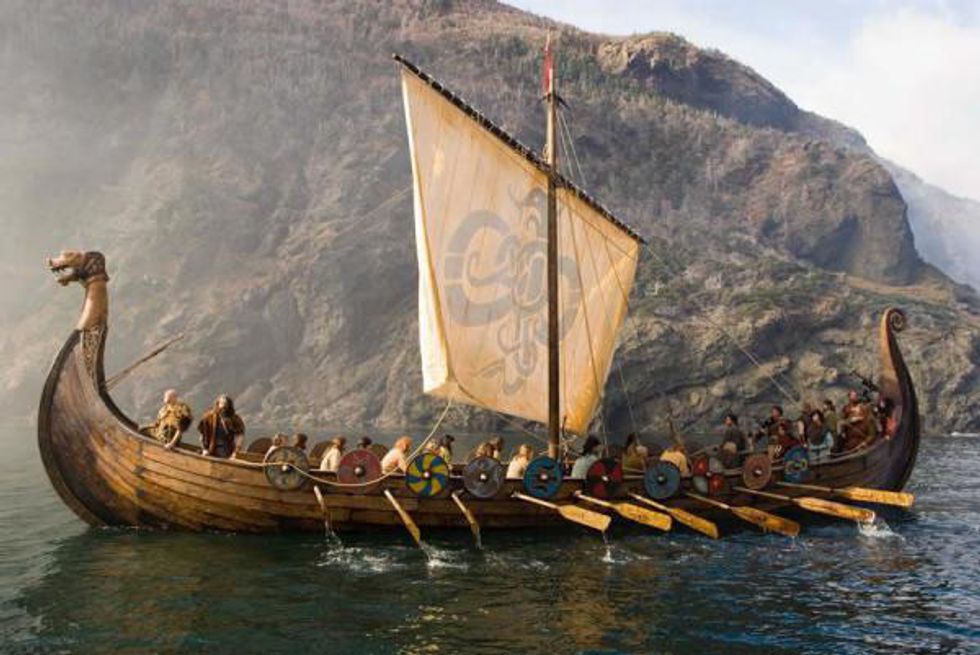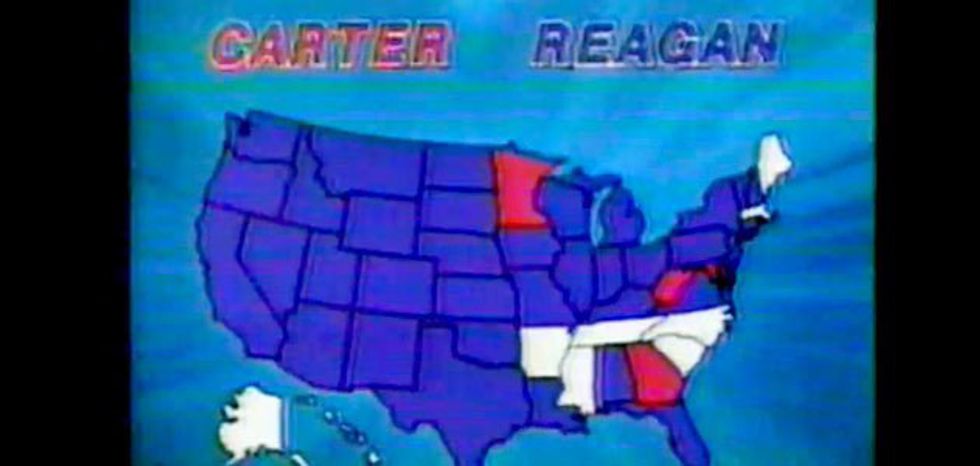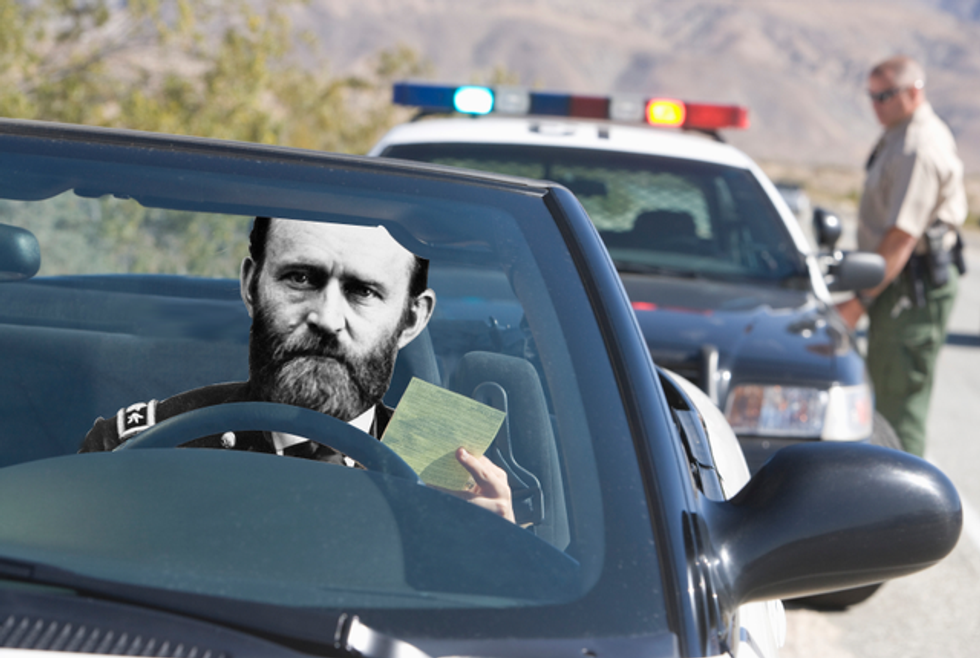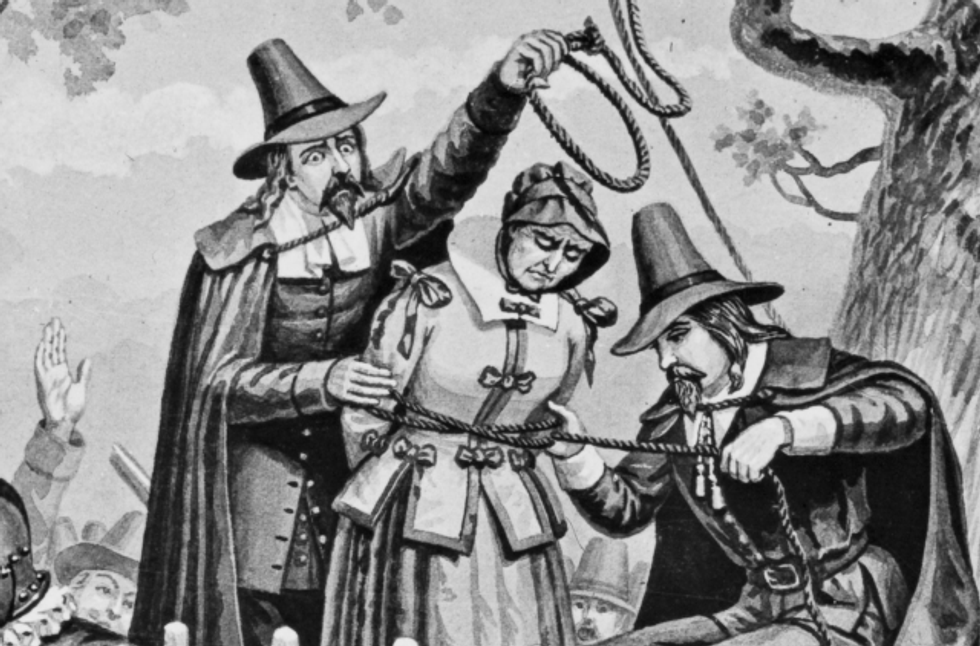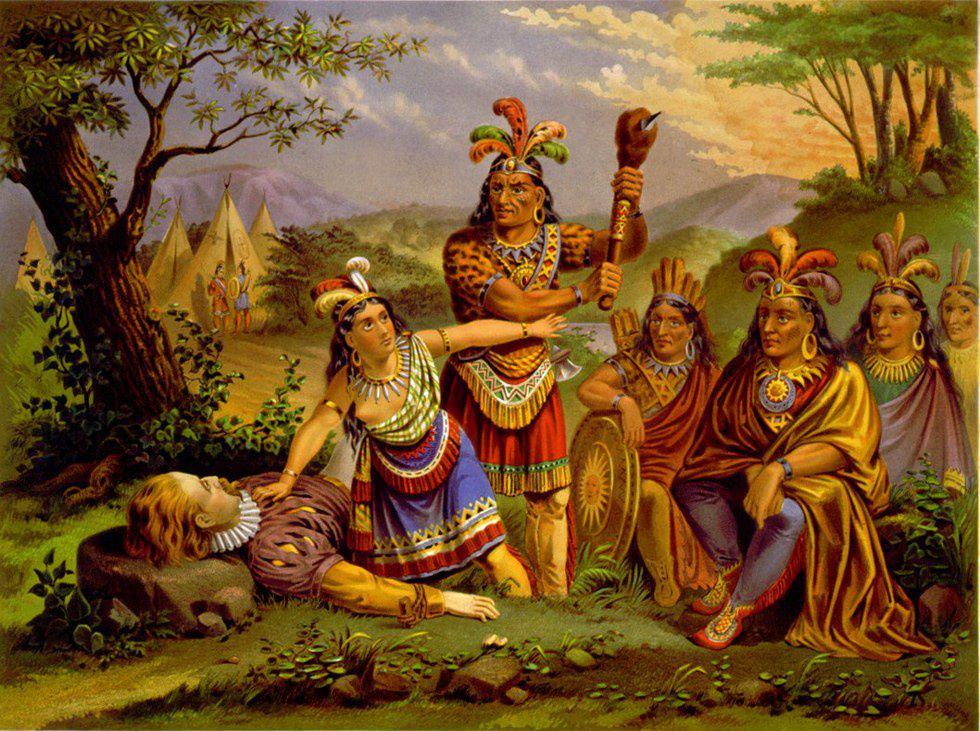No, I am not a conspiracy theorist.
Nor a communist.
I am simply a history nerd who dislikes selective exposure when learning about how our country came to be. Many schools are taught history in a manner that makes our country's people seem infallibly patriotic, with injustice only being ostensible. So, without further ado, let me rustle your jimmies with some eccentric and often neglected American history fun (and not so fun) facts.
1. Christopher Columbus wasn't the first to sail to America.
We all know that Columbus sailed the ocean blue in 1492. In what was an effort to find a faster trade route from Europe to China, he not only failed to do that, but he didn't even land in the U.S. Rather, he and his men landed in Cuba, later to find modern day Haiti and the Dominican Republic. However, an even greater argument questioning Columbus Day is the tales of the Norsemen. Supported by archaeological findings and Icelandic epics, these vikings made numerous expeditions and even established colonies in present-day Newfoundland circa the year 1000.
2. Blue used to mean Republican, and red Democrat.
As a Republican whose favorite color is blue, this is rather irksome. In 1976, as color TV finally found use in determining political party, NBC contrived a method of televising republican states as blue and democratic as red on a large map of the U.S. Up until 2000, these colors would vacillate from party to party with much confusion as to which color meant what. That is, until the cemented concept of blue implying left-leaning and red right-leaning.
3. Ulysses S. Grant was a reckless equestrian.
In what can be known as one of the first accounts of a person being punished for speeding, our 18th president had the distinct luxury of being placed in jail for riding over the speed limit. This would not be the first time, happening about a dozen times including before, during, and after serving in office. Mostly an effort to show off his riding skills, President Grant always wanted his presence while steering the coach to be known.
4. The witches of Salem might have been tripping.
Upon examining the diaries of Salem residents, it was discovered that the so called "witches" had symptoms uncannily similar to the effects of ergotism, or ergot poison. Claviceps purpurea is a fungus that can latch on to cereal grains without showing its presence. This fungus includes chemicals such as ergot alkaloids and lysergic acid, chemicals from which LSD is derived. The journals of those residing in Salem were found in swampy quagmires; proving to be a catalyst for the growth of this fungus. In the years where Salem was wet, the trials were reported to have carried on. They only ended in 1692 when, to no surprise, it was an arid year where the hallucinogenic fungus did not have a proper environment to grow in.
5. Pocahontas is a Disney fabrication.
While the structure of the story is likely, Disney added bells and whistles to this tale; courtesy of the fatuous "accounts" from John Smith. Firstly, Pocahontas's real name is Matowaka. Pocahontas is a nickname that can be loosely translated to "frisky". Additionally, she was only 12 at this time and had no interest in romance. There was no execution set up for John Smith that allowed Pocahontas to intervene heroically. Rather, there was an initiation ceremony carried out where the Native Americans proved their acceptance of their guests. What Disney depicted as a bond formed by love can actually be explained by political motives. Pocahontas came back to Europe with John Smith to establish peace between the tribe and the foreigners, not to paint the colors of the wind with her lover.




